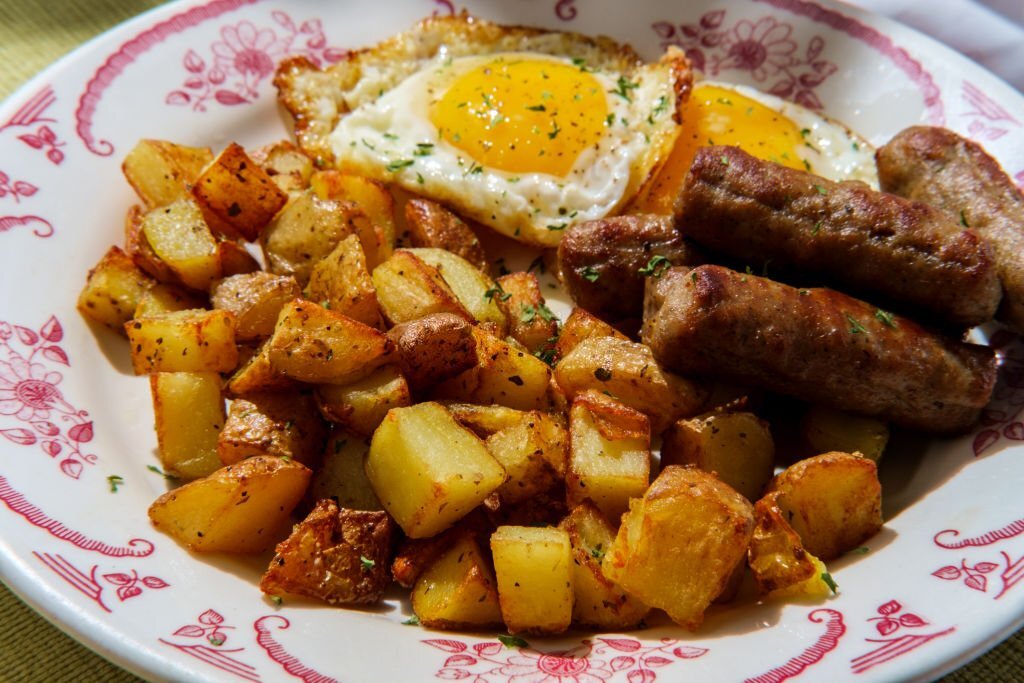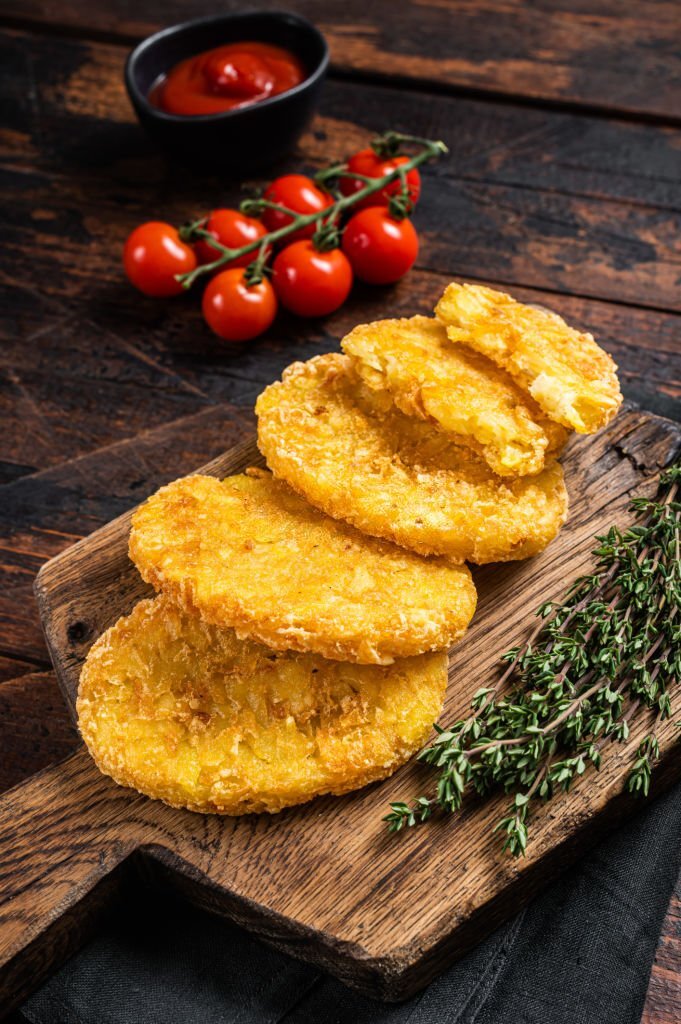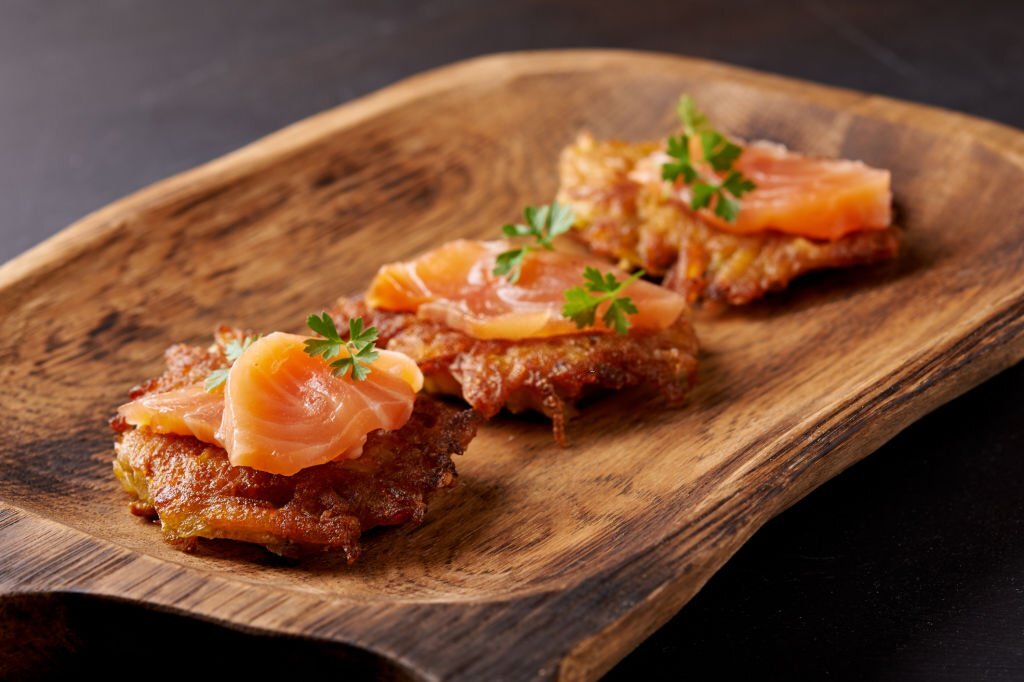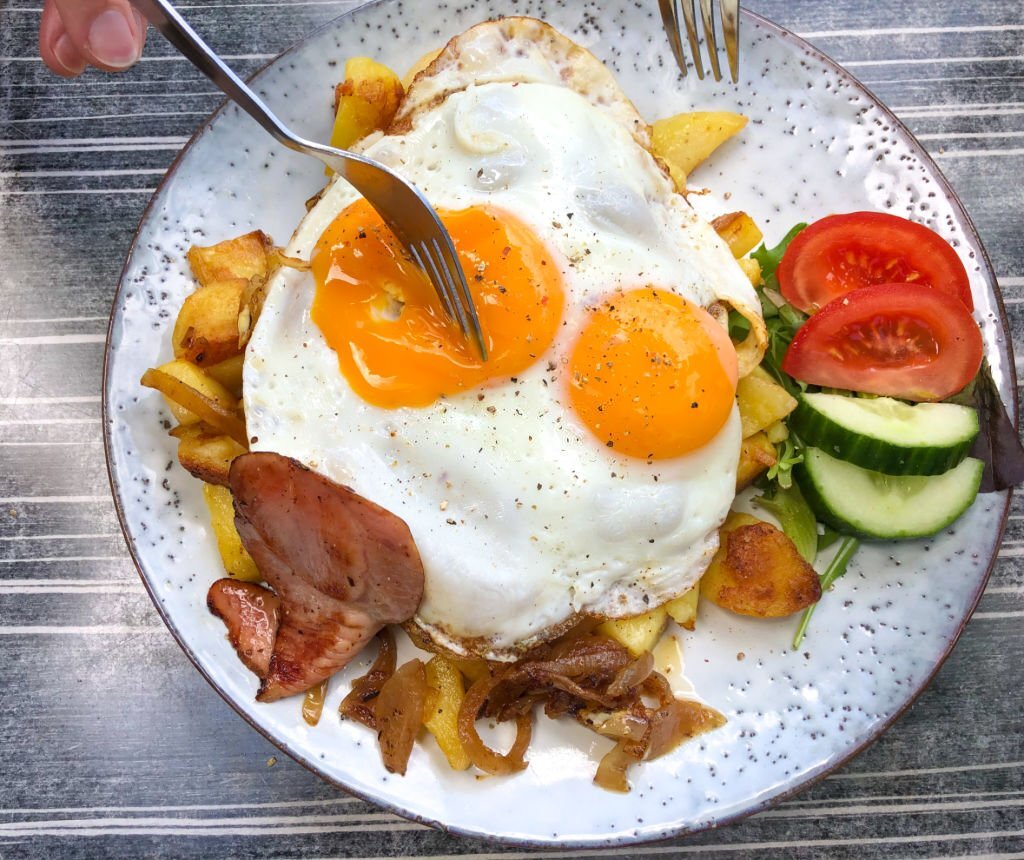A wonderful way to start the day is with hash browns, a traditional side dish made from grated potatoes and fried to a golden brown on a griddle or in a skillet.
Hash browns are a very popular dish served in many restaurants and household kitchens. They are also referred to as cottage fries or home fries.
Homemade hash browns often have significantly less fat, sodium, and unhealthy chemicals than the frozen hash browns you may purchase at the supermarket.
Additionally, you can serve them with other nutritious items like salad, veggies, or eggs.
Continue reading to find out more about hash browns and how to make them as nutritious as possible.
What is harsh browns?
The classic American breakfast food known as hash browns, sometimes spelled hashed browns and hashbrowns, is made of thinly julienned potatoes that are fried till browned.
In the 1890s, hash browns first appeared on breakfast menus in New York City. In North America, hash browns are a standard breakfast item at diners.
Hash brown are defined by Merriam-Webster as “boiled potatoes that have been diced or shredded, combined with chopped onions and shortening, and usually fried until they form a browned cake.
The chopped or shredded component is where it gets confusing, as some people only use that to distinguish hash browns from home fries: Home fries are sliced, and hash browns are shredded.
Are hash browns good for you?
Homemade hash browns are a fairly nutritious food if they are made properly and using high-quality ingredients.
You have complete control over the ingredients while making hash browns at home.
You can select the level of fat and sodium that goes into your hash browns as well as the quality of the ingredients (organic if possible).
Simple potato shreds seasoned with salt and pepper make the nicest and healthiest hash browns.
You can make some really nutritious and delicious hash browns by combining that with an egg, some flour, and chopped onion.
The primary component of hash browns, potatoes, is a good source of vitamin B6, vitamin C, potassium, and even a little amount of protein.
Additionally, they have low levels of carbs and no fat, salt, or cholesterol.
Your own hash browns are a very healthy food, provided you fried them in a little olive oil and don’t oversalt them.
How nutritious those browns are will also depend on what you eat with them!
How Frequently Should You Eat Hash Browns?
Even though they are regarded as a healthful food, potatoes have a high GI because they are loaded with starch, a type of carbohydrate (Glycemic Index).
As a result, hash browns must also be categorized as a high GI food.
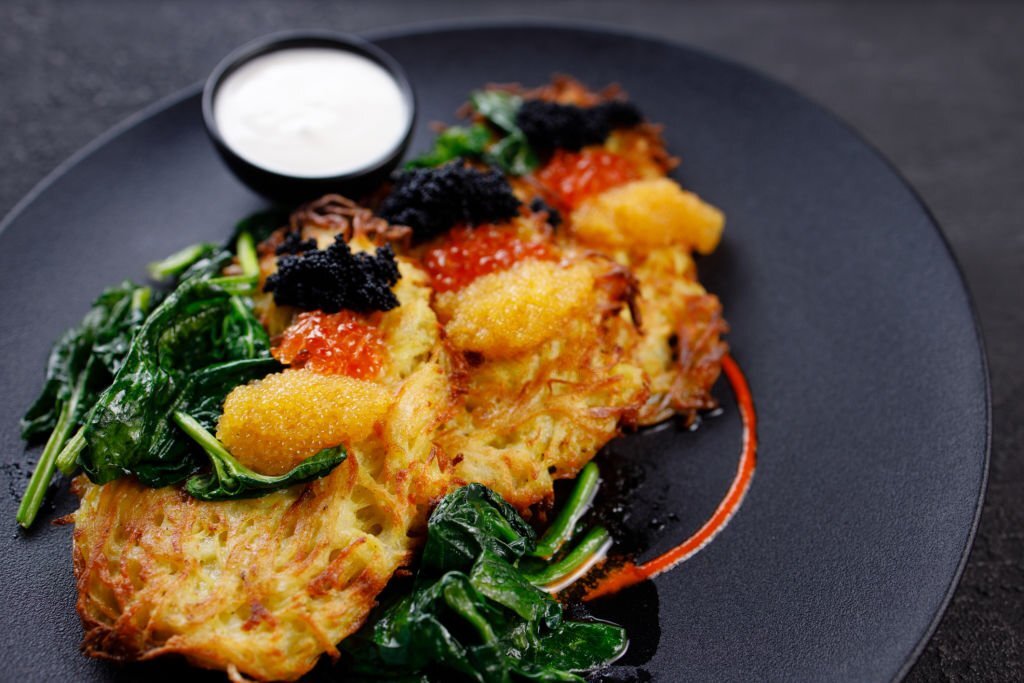
This means that you shouldn’t eat them frequently because eating too much of this kind of food can cause blood sugar problems.
So there is really nothing wrong with occasionally chowing down on hash browns if you lead a somewhat healthy lifestyle!
Are Hash Browns Beneficial for Losing Weight?
Once again, what goes into them and how you make them will influence whether or not your hash browns are beneficial for weight reduction.
The typical potato has only 26g of total carbs, which is a comparatively little number of calories (110).
Therefore, you may keep the amount of carbs and calories in your hash browns within reasonable bounds if you don’t add a ton of butter or oil to your browns or mix in a lot of shredded cheese.
Additionally, since 1 tbsp of olive oil has about 120 calories, baking them in the oven without any oil shouldn’t significantly affect your weight.
Of course, the glycemic index of the potatoes must be taken into account as it may prevent you from including hash browns in your GI diet.
It’s a matter of balance and quantity, as usual, isn’t it?
Can Hash Browns Help You Gain Muscle?
Foods high in protein include bacon and eggs.The primary macronutrient necessary for muscular development is protein.
The typical potato has about 3g of protein, making it a low-protein food.
For the body to build muscle, complete proteins—which combine all nine of the required amino acids—are necessary.
There are just four amino acids in potatoes.
Hash browns should be paired with high-protein dishes like:
- Eggs
- Bacon and lean meat
- Seafood and fish
- Poultry
Does Eating Hash Browns Raise Your Cholesterol?
When cooked in vegetable or seed oil or baked in the oven, hash browns almost entirely lack cholesterol.
This holds true for both homemade hash browns and many well-liked restaurant dishes.
The good news regarding potatoes and cholesterol is that consuming a diet high in soluble fibre can assist in lowering your body’s “bad” cholesterol.
Additionally, because potatoes include both soluble and insoluble fibers, they effectively lower cholesterol levels.
Thus, consuming meals like hash browns that contain potatoes can help your body absorb less harmful cholesterol (trans and saturated fats) from other foods. I think that’s really cool!
Are hash browns free of gluten?
It’s not always clear whether hash browns are gluten-free.
The answer is yes when produced at home where you have control over the ingredients; if you have exclusively used gluten-free ingredients, your hash browns are probably gluten-free.
While none of the ingredients in a restaurant order may contain gluten, they are almost certainly cooked on the same griddle as items like bread or sandwiches, pancakes, or French toast.
Always check the contents list on the back of the packaging rather than the nutrition information when purchasing frozen hash browns.
As an anti-caking agent, store-bought browns may include additional flour or starches.
Conclusions
In conclusion, Homemade hash browns can be viewed as a somewhat healthy food if done properly and with high-quality components.
You have complete control over the ingredients while making hash browns at home.
You can select the level of fat and sodium that goes into your hash browns as well as the quality of the ingredients (organic if possible).
Simple potato shreds seasoned with salt and pepper make the nicest and healthiest hash browns.

